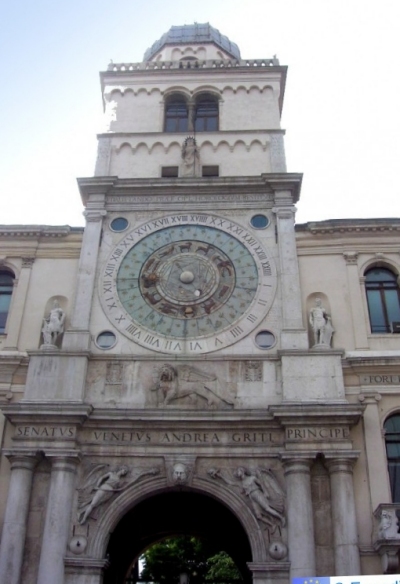“If nobody asks me, I know what time is, but if I am asked then I am at a loss what to say.”
St Augustine 354 – 430 AD
Time is the one of the most elusive and mysterious concepts that philosophers and scientists have grappled with throughout the history of mankind. I am not even remotely qualified to expound on this subject and do not intend to do so. However, on the measurement of time as a practical everyday aspect of living, I do have an interest, particularly its measurement in Medieval times.
How did the poor medieval labourer or peasant know when to go to work and when to finish work? An anonymous versifier of the fifteenth century gives us a clue about one way to gage the start of day.
I have a gentle cock,
Croweth me the day
He doth me risen early
My Matins for to say.
In truth, things were not so haphazard as that. Bells from the local monastery were rung to signal the different hours of the day. The monks used sundials, hourglasses, calibrated candles and water clocks to calculate the time.

The latin system of counting the hours of the day was:-
Prime – 6 am
Tierce – 9 am
Sext – 12 noon
Nones – 3 pm
The Church designated other times for prayer:
Matins – Midnight
Lauds – Dawn
Vespers – Evening
Compline – Before Bedtime
The astrolabe was another method of calculating the hours of the day. Chaucer himself wrote a treatise, for his young son, on how to use it to tell time. Interestingly, by Chaucers time (1343 -1400), great mechanical clocks were beginning to be built all over Europe. These clocks were housed in the belfries of Churches and Cathedrals and later bell towers in city squares.
It is hard to say when the first mechanical clock was invented, but in Europe they began to appear by the late 13th Century. The earliest public tower clocks had no dials or clockface; they simply rang a bell on the hour. Some of the more elaborate ones triggered displays of animated automatons. The clockface and a single hour hand followed. Other ingenious clocks gave, not only the time, but all kinds of astronomical information.

Saint Bernardino(1380-1444) preaching in Siena before the Palazzo Publico. Notice the clock on the left hand tower. The painting is by Sano di Pietro (1406-1481)
In 1344 Jacopo Dondi installed an astronomical clock in the facade of the Palazzo de Capitano at Padua.
In England an extraordinary astrological clock was designed by the country’s greatest medieval scientists, Richard of Wallingford (1292-1336). Son of a blacksmith, he was a brilliant mathematician and was obsessed with the practical application of science and mathematics, to the extent that he was rather neglectful of his spiritual role and later his administrative role when he became abbot of St. Albans, the principle abbey in England. It is recorded that he gave precedence to the work on his clock over the repair of the Abbey. When mildly rebuked by King Edward III, he argued that any successor of his could hire workmen to repair the abbey but only he could design and make the clock. The clock was not completed in his lifetime but design details are recorded in his Tractatus Horologii Astronomici (1327). Richard’s was not the first tower clock in England but it was the most advanced in its design.

Richard of Wallingford and Abbot of St Albans pointing to a clock. Notice marks on his face showing, the results of leprosy.
Time has always been considered a precious commodity. In the middle ages one of the greatest preachers and orators was Bertold of Regensburg (1220-1272) . Time, he said was one of the talents referred to in St. Mathews parable of the talents. It was man’s duty not to squander it.
This idea of the preciousness of time is well articulated in Chaucer’s Canterbury Tales when the Host address the Company before the Lawyers Tale:
“Let’s lose as little time now as we may.
My lords, it’s time that wastes both night and day,
That robs us while we sleep without defense,
And while awake, through our own negligence.
It’s like a stream returning not again,
Descending from the mountain to the plain.
Well Seneca, like others of his measure,
Bewails the loss of time more than of treasure:
‘Of chattels there may be recovery,
But we are ruined by loss of time,’ said he.”
I just wonder if Bertold of Regensburg or Chaucer would approve of the time I spend ‘on the Internet.’ ? Probably not.




